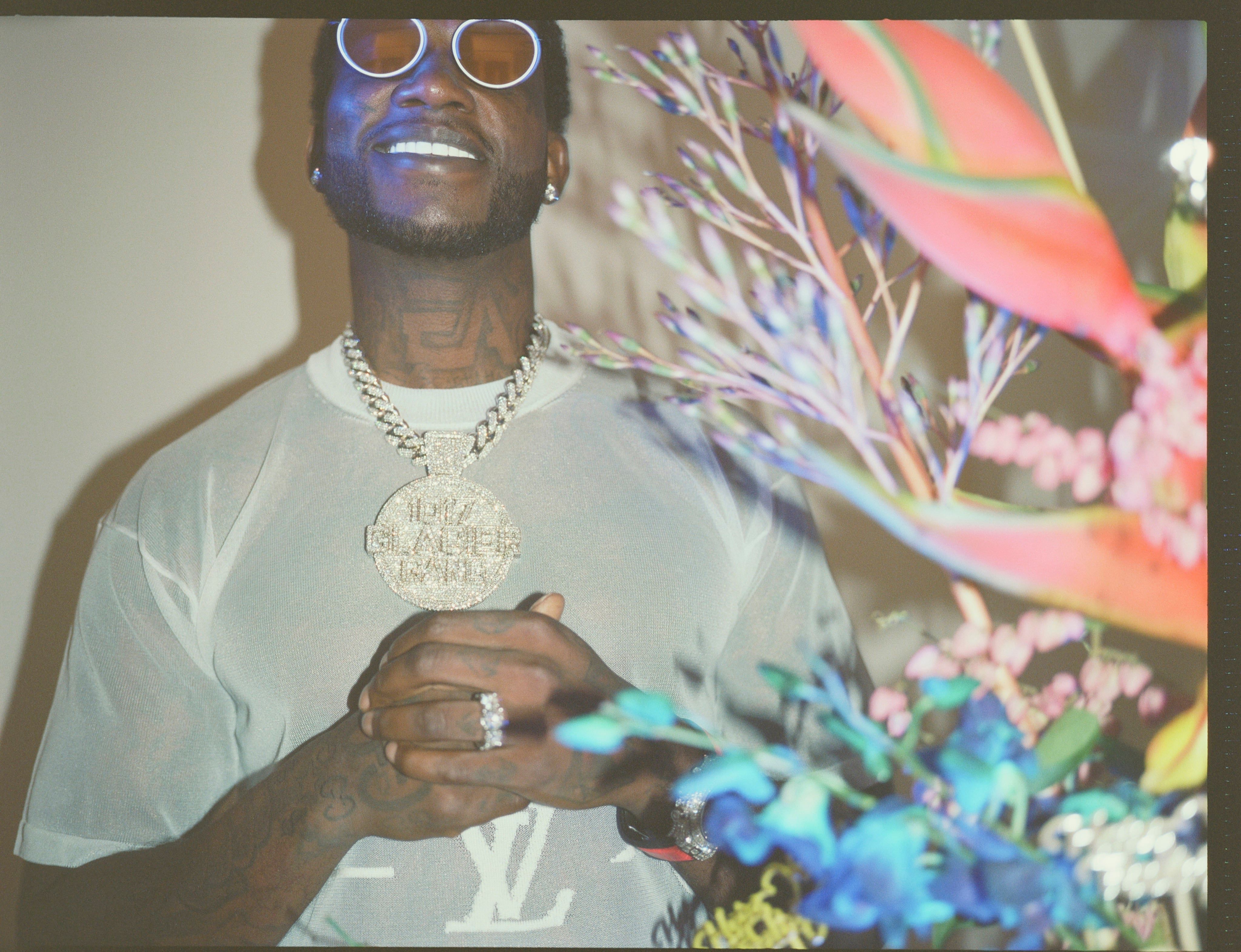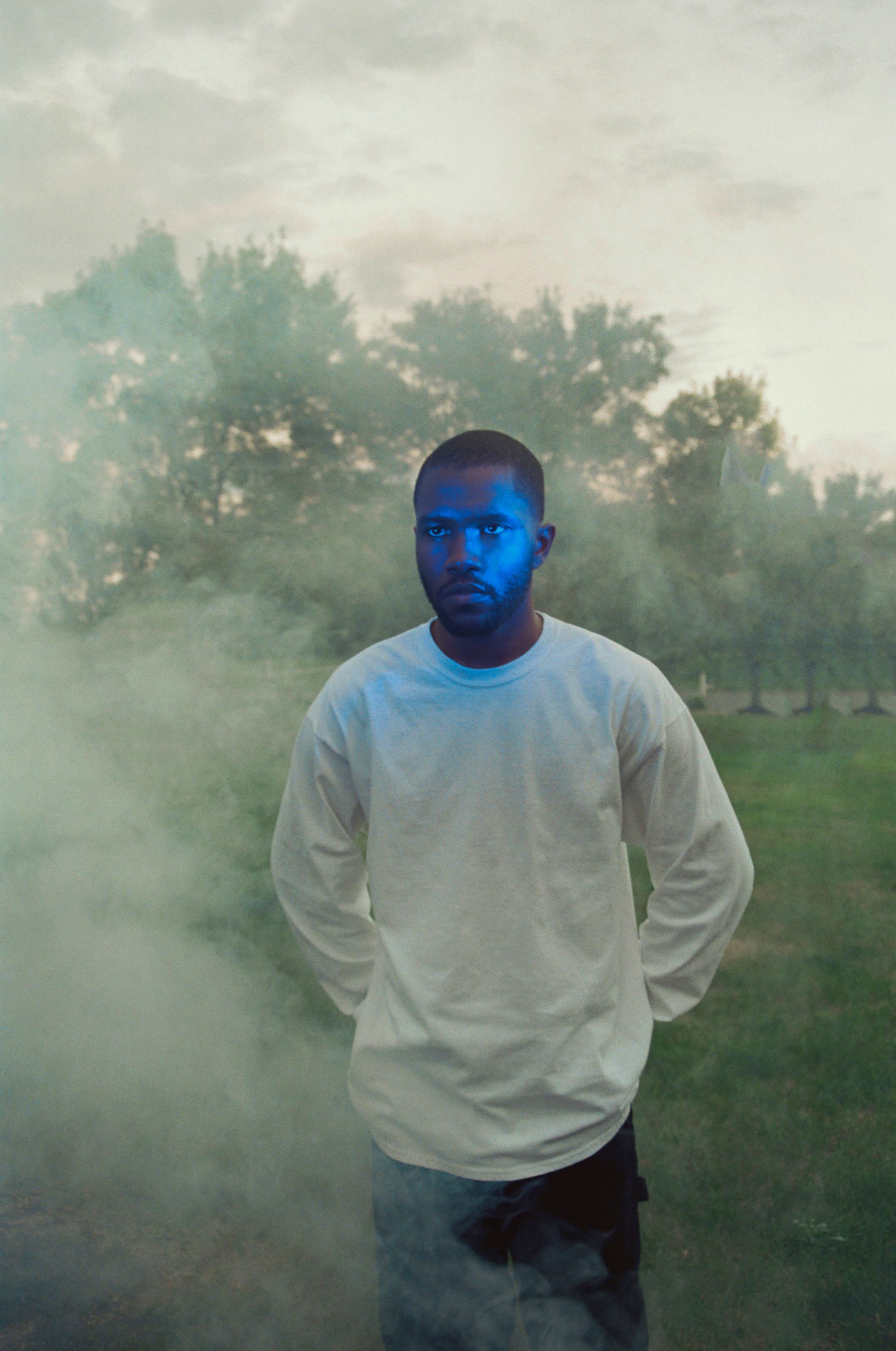Why Be You When You Can Be Me? PETRA COLLINS’ Unconscious Truths
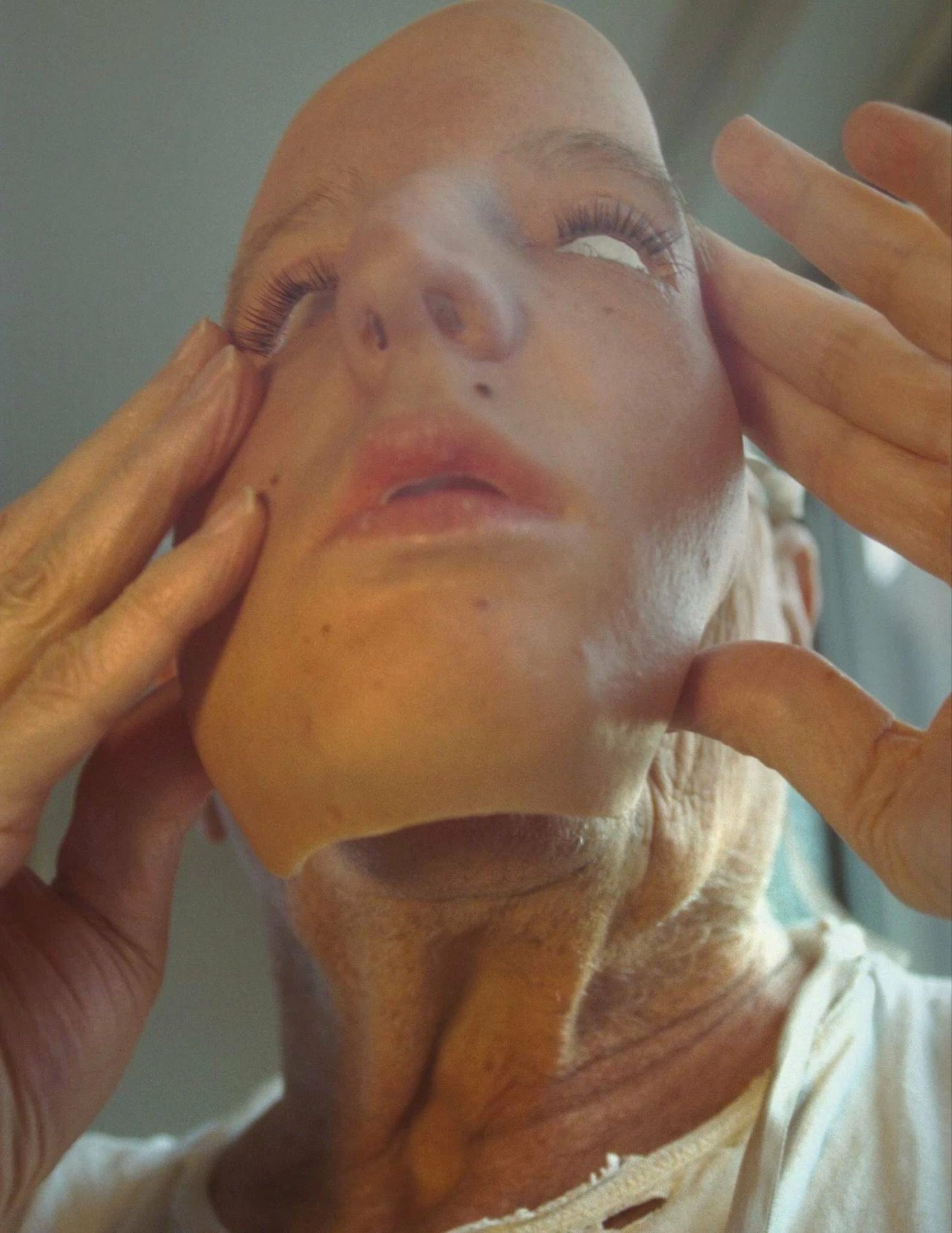
For the sixth edition of Baron, a magazine series with a cult following and a visceral impulse, photographer and frequent 032c contributor Petra Collins turned her famously dream-like lens toward a new subject: herself. Titled Miért vagy te, ha lehetsz én? – Hungarian for “Why be you, when you can be me?” – the artist’s latest book is also her most personal to date, taking Collins’ childhood home, environment, and influences as the backdrop for an exploration of her early life experiences, and how and where they dwell in her psyche, infusing her practice and reality today. Drawing on her mother’s heritage, her time spent in the suburbs, and her schooling in Toronto – and shooting within an opaque blend of constructed sets and “real” locations – the work is non-linear, illogical, and often dark. This is not the realm of the unreal, but rather of the unconscious, the unseen, the unruly, and sometimes the unwholesome.
Collins cast her sister, Anna, to interpret her vision alongside her, and recruited artist Sarah Sitkin to create silicone casts of her body, which she shot alongside her own – effects that multiply and confuse the layers of fantasy and identity navigated through the work. Despite the haze, when we spoke to Collins, an unanticipated theme persisted, surfacing in each question and reply: that of truth.
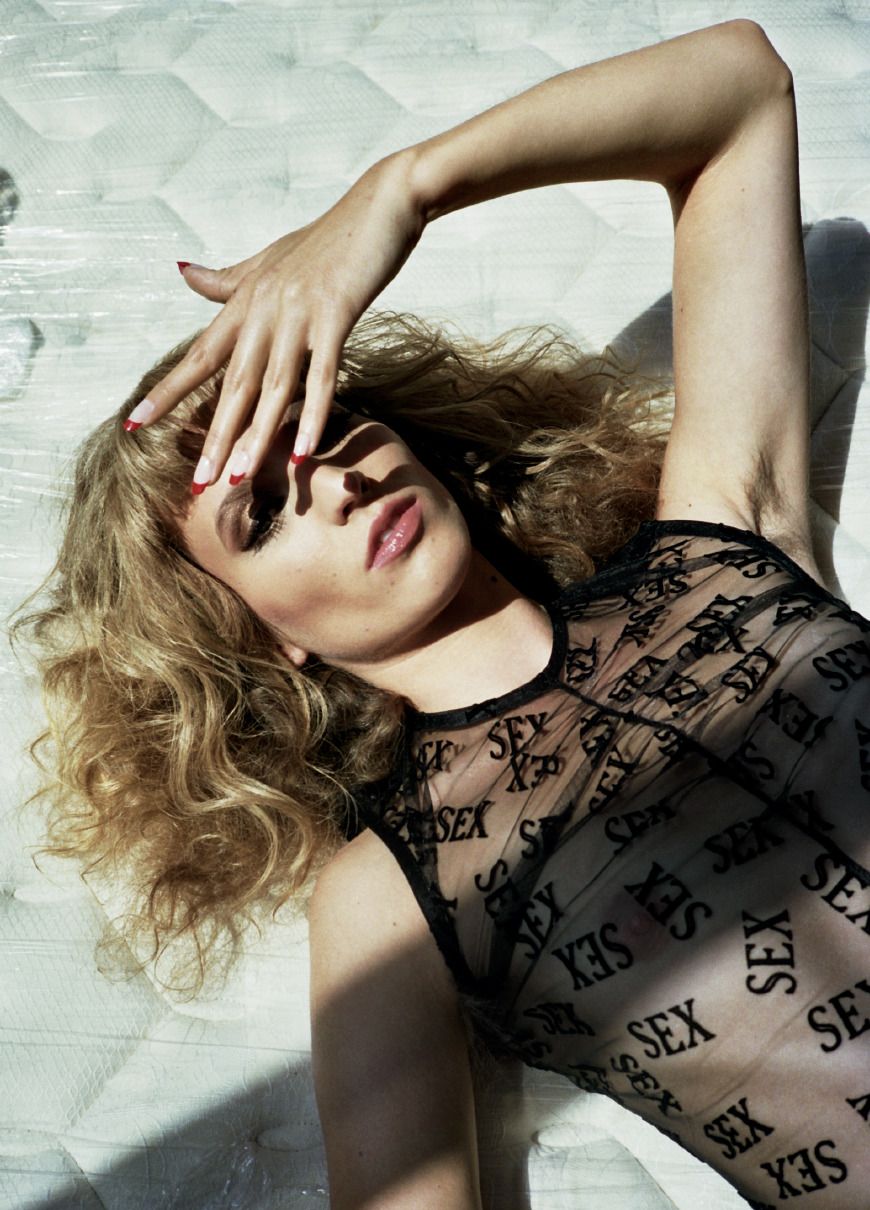
“I’ve seen my camera take on many truths. And the truths that shocked me the most to see were my own.”
You cast yourself alongside others in this project, and worked with Sarah Sitkin – who you’ve worked with before – on the silicone casts of your body. Can you describe the role of and your approach to collaboration in this project? In your practice in general?
Collaboration is integral. I thrive off it. I studied criticism and curatorial practice in school and I think it heavily influenced the way I approach creating. I believe that brought together, different mediums, different ideas can create greater change than one can create alone. That said, this project is one the least collaborative works I’ve made. Usually, the most collaborative part of my work is with my subjects. I’ve always placed myself as a sort of bystander, letting my subjects lead the way. I can put them in an environment – which could be fabricated in a studio or a physical location – but ultimately it is up to them how they react to it. Because I was shooting myself for this project, I leaned into my photos more. I pushed my narrative, which I try not to ever do with my other subjects. I finally felt like I could release a lot of inner narratives that I hadn’t made the space for previously.
Can you say more about working in different mediums? What do you think about the idea that in the creative industries, we’re not making the same distinctions between disciplines or even talking about authorship in the same way we used to?
Naturally I’ve always worked with multiple mediums. As a child art was my form of play and therapy. It still is. I think to be successful in your practice – and not just in the art sphere – you need to constantly strengthen all parts of yourself. Even if you don’t create something with those parts, learning to use them is important. I never look within my own medium for inspiration; I always look outward. Today, maybe more than ever, we are still so set on boxing everything in, labeling them to death. I see it everywhere, and it is especially concerning in politics. We don’t listen to each other. We don’t learn from each other. We are creating large divides because of our rigidness. We fear the Puritans, yet we have become them.
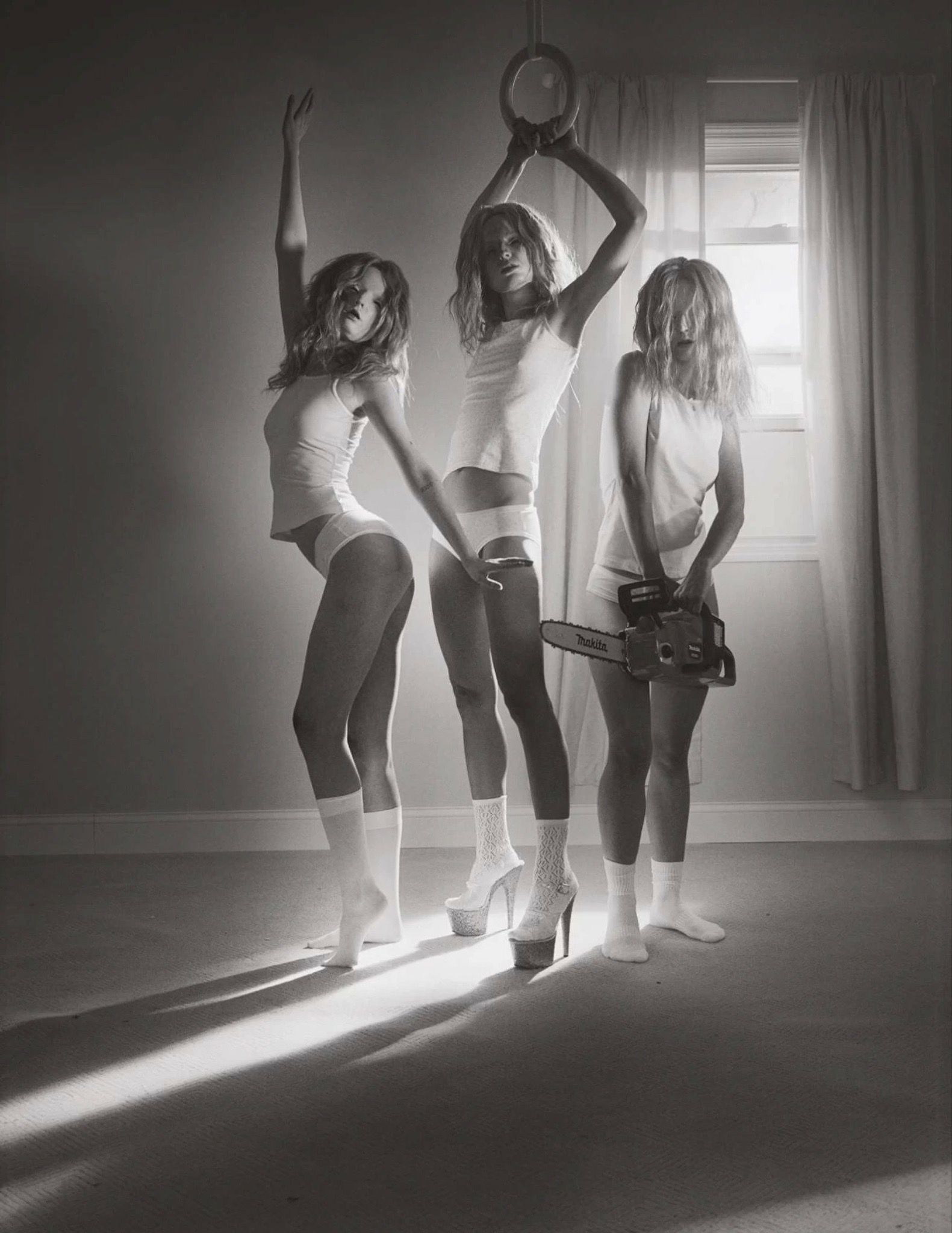
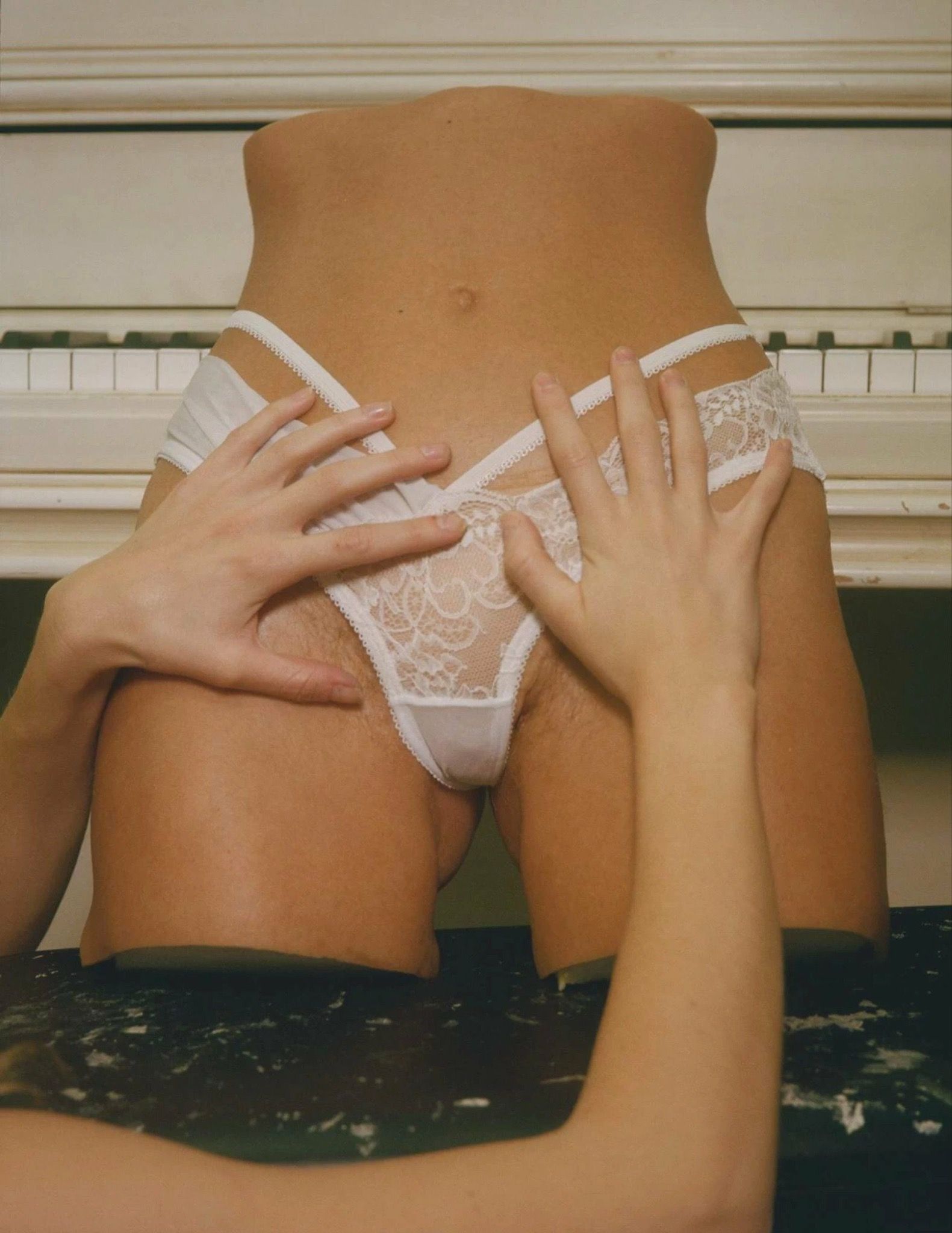
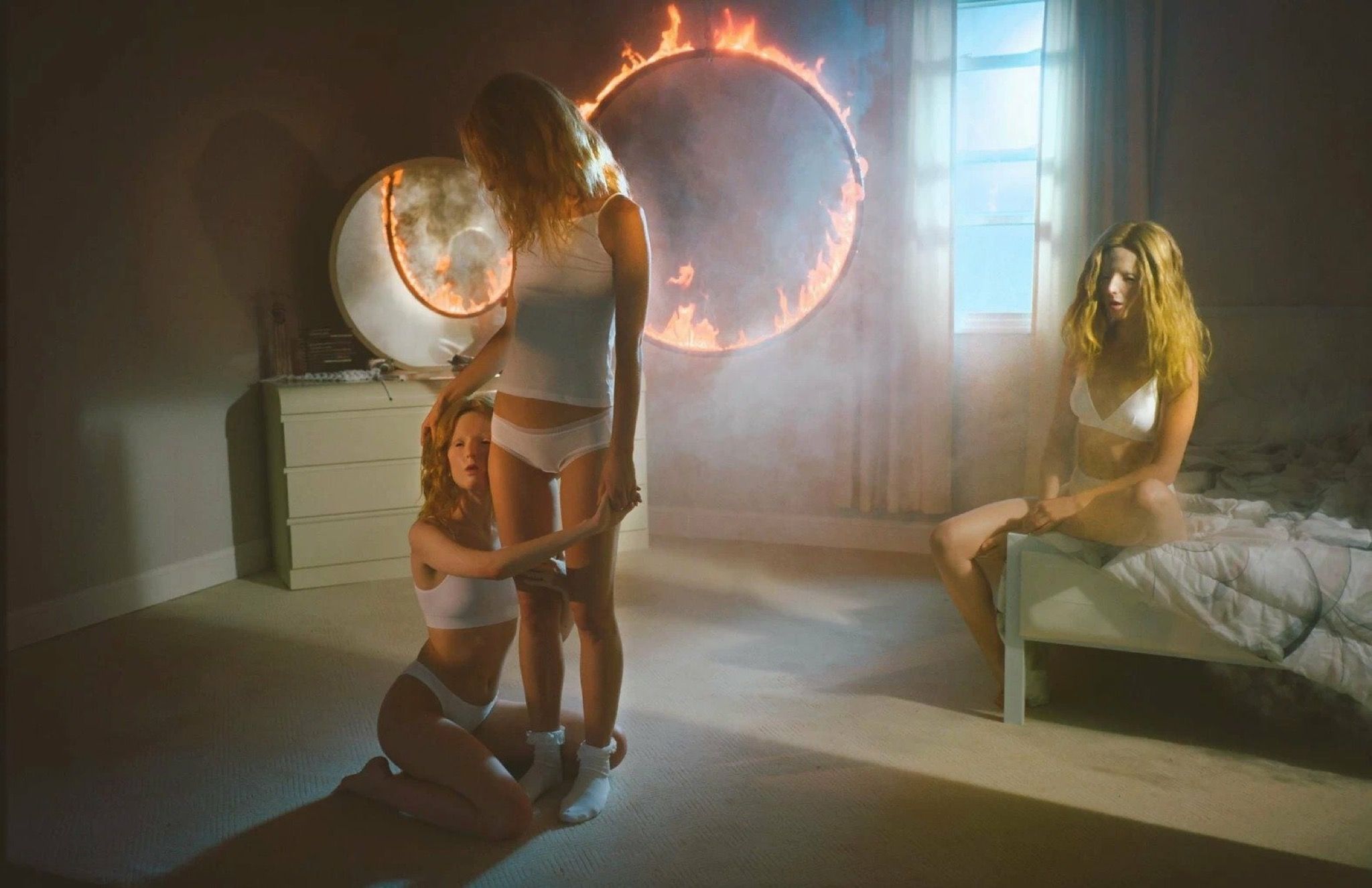
How do projects such as this one – which are of a personal, artistic nature – interact with or inform your editorial or commercial work?
I’m an artist by nature, and luckily I get to do what I love for a living. There is a scale obviously to what degree I can practice art in certain contexts, but that nature is never not present when I’m working. It’s fun to create outside of “art” – there are tools I’ve picked up, references I’ve gained, and things I want to change that I can implement in my personal practice.
Are you interested in psychoanalysis, dream interpretation, or other traditions of accessing or interpreting the psyche? Which ones and how do they inform or engage with your work?
I think I’m most interested in psychoanalysis because it is something I’ve been under for a while now! (Laughs.) I guess the more I learn about myself, the more I can relate to others.
“We are living in Malcom X’s nightmare.”
You’ve said that you don’t view this work as being “surreal” but rather as seeking something very real. There’s a misconception about surrealism that its project was to somehow betray or escape reality, when in fact it was very much interested in reality – just the unseen, deeper reality of the psyche.
I totally agree with that statement, and it’s something I’ve tried to vocalize for a while now. I feel like in 2019 we are severely detached from reality, or even our own personal realities. Our collective narrative in almost every sphere is preaching “realness,” diversity, and authenticity, but not practicing that. And we’re portraying reality from one lens only. We are living in such a powerful age, and initially I was so excited – and naive – about what could happen. It seemed that for the first time ever, people who were normally left out of our Western narrative were being given the chance to make their own images, of themselves and of their worlds. I watched this happen with the selfie. At first, I felt like this was a way to make a difference, to create new landscapes, to make something more dynamic and fruitful of the world as it was normally portrayed. Sadly, instead it feels like we have just created sameness and masked any real difference. We are living in Malcom X’s nightmare. Fashion houses preach diversity, then create CGI avatars instead of using actual POC models. People are face-tuning themselves into oblivion yet in the same space preaching self-love. It’s confusing, and I think damaging.
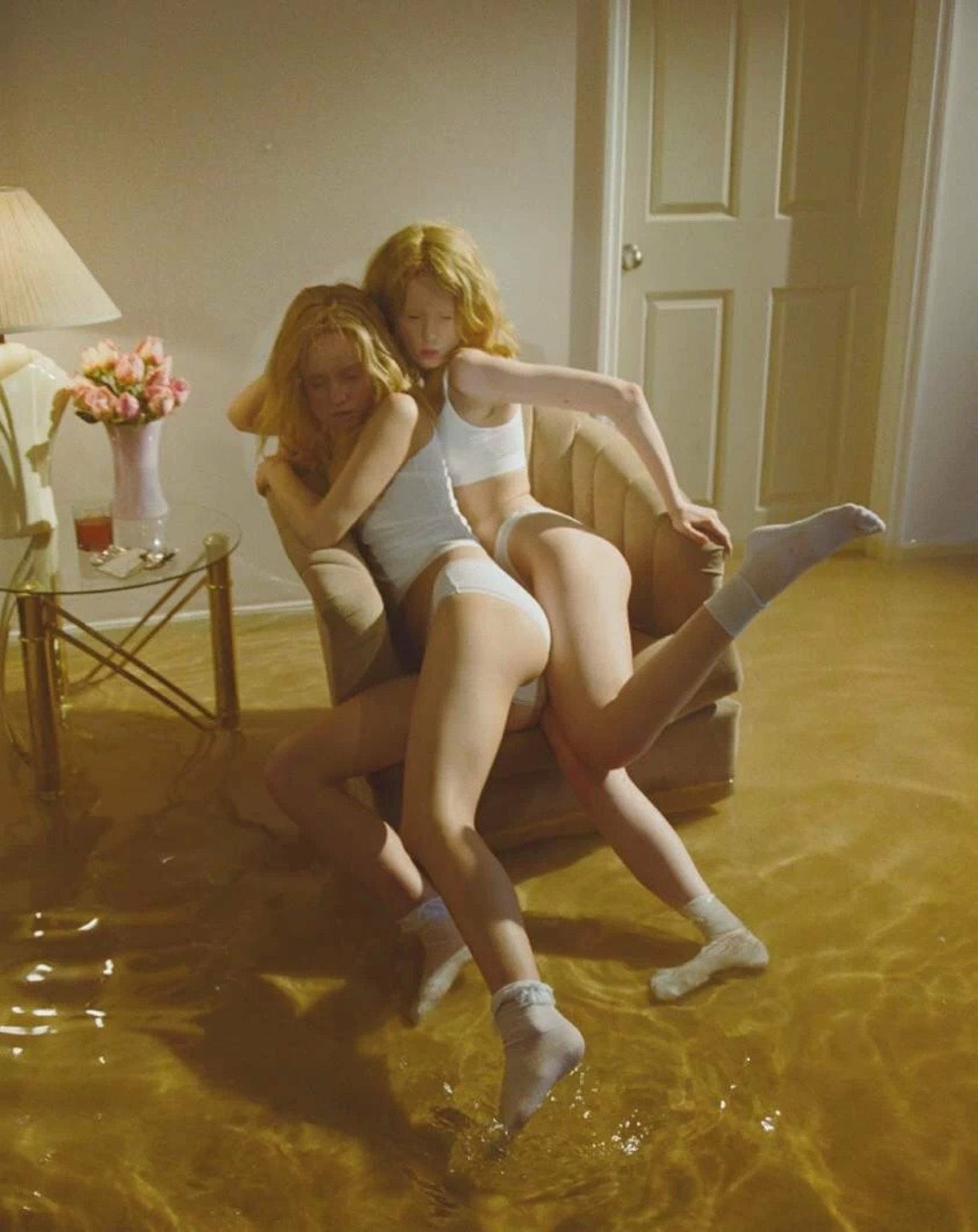
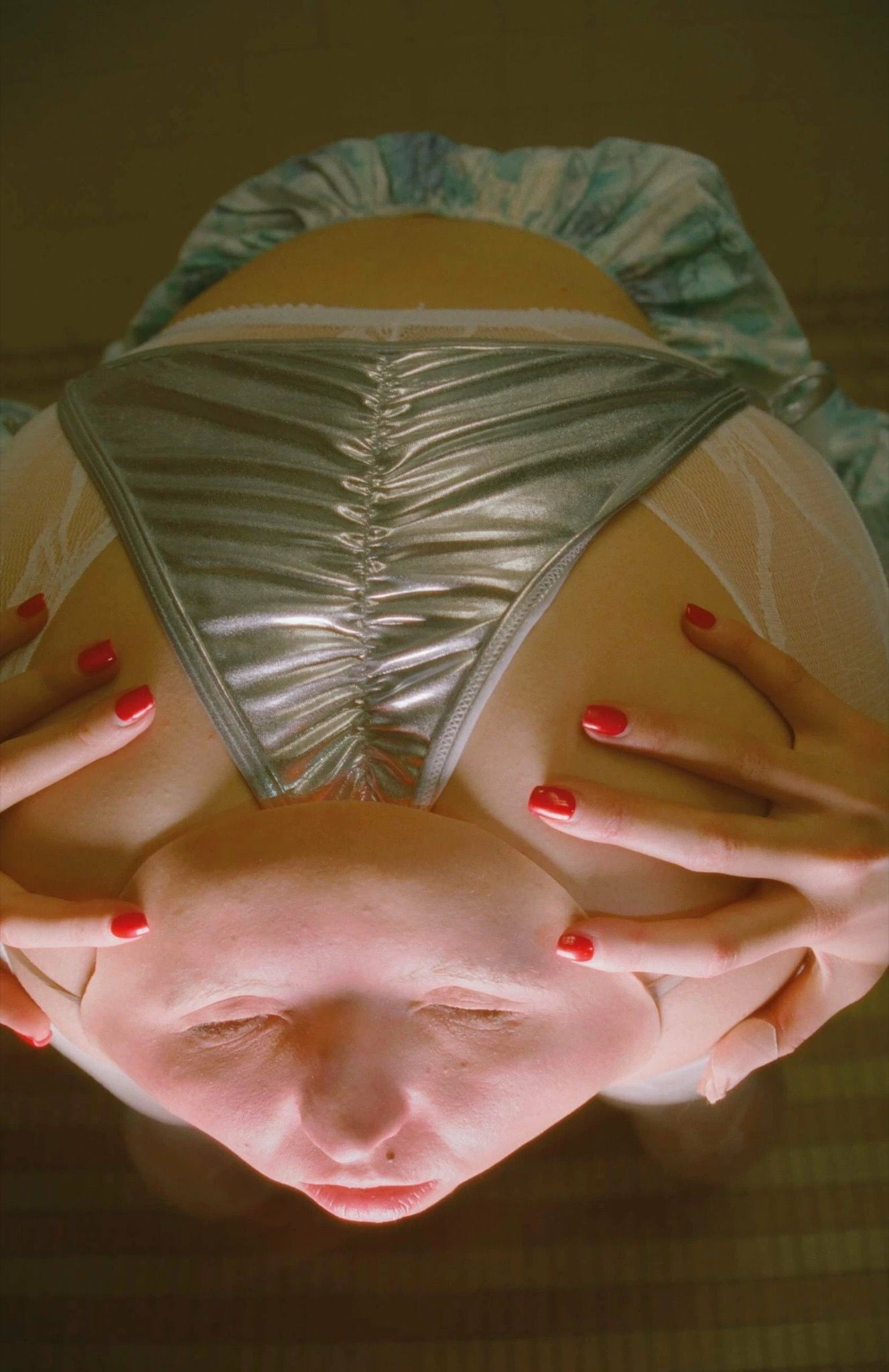
So how is the latest work reflective of how our collective relationship to “truth” has evolved as our lives have become digitized?
I think we are in a dangerous place with the “truth.” Because there is no one truth, and that is what I think we have such a hard time facing. We are so scared of being wrong, of being bad, of being unlawful that we are fully cleansing ourselves from anything. Human beings are complicated, and that’s just how we should approach our perception of reality or “truth.” This is why I recognize my work as representing reality: it is the reality that I am living in, and I think a reality that others could recognize as well.
So what did you learn making this work that you didn’t know before?
That I don’t know anything, and I should keep learning.
You told i-D that you’re planning to direct horror films, and situate this project as sort of a prelude to that. Can you tell us more?
Horror is the genre I’ve always felt most comfortable with. It is the genre that I saw myself and my experiences in, and which I felt told the most truth. It’s funny – I didn’t think “truth” would be the topic of this whole interview, but I guess it’s what keeps coming up. I think horror plays a very important role in society because of its ability to subvert, and I’m excited to begin to work with that genre.
How does fear play out in your work or process? Were you frightened making this work?
I wasn’t, and I never am. It’s the one place in my life where I am fearless. It is a release for me – an exorcism, of sorts. Making work, and specifically work like this, is what makes me truly happy, and I experience withdrawal when I finish. So I guess the one fear I have each time is that I’ll never be able to get that feeling again.
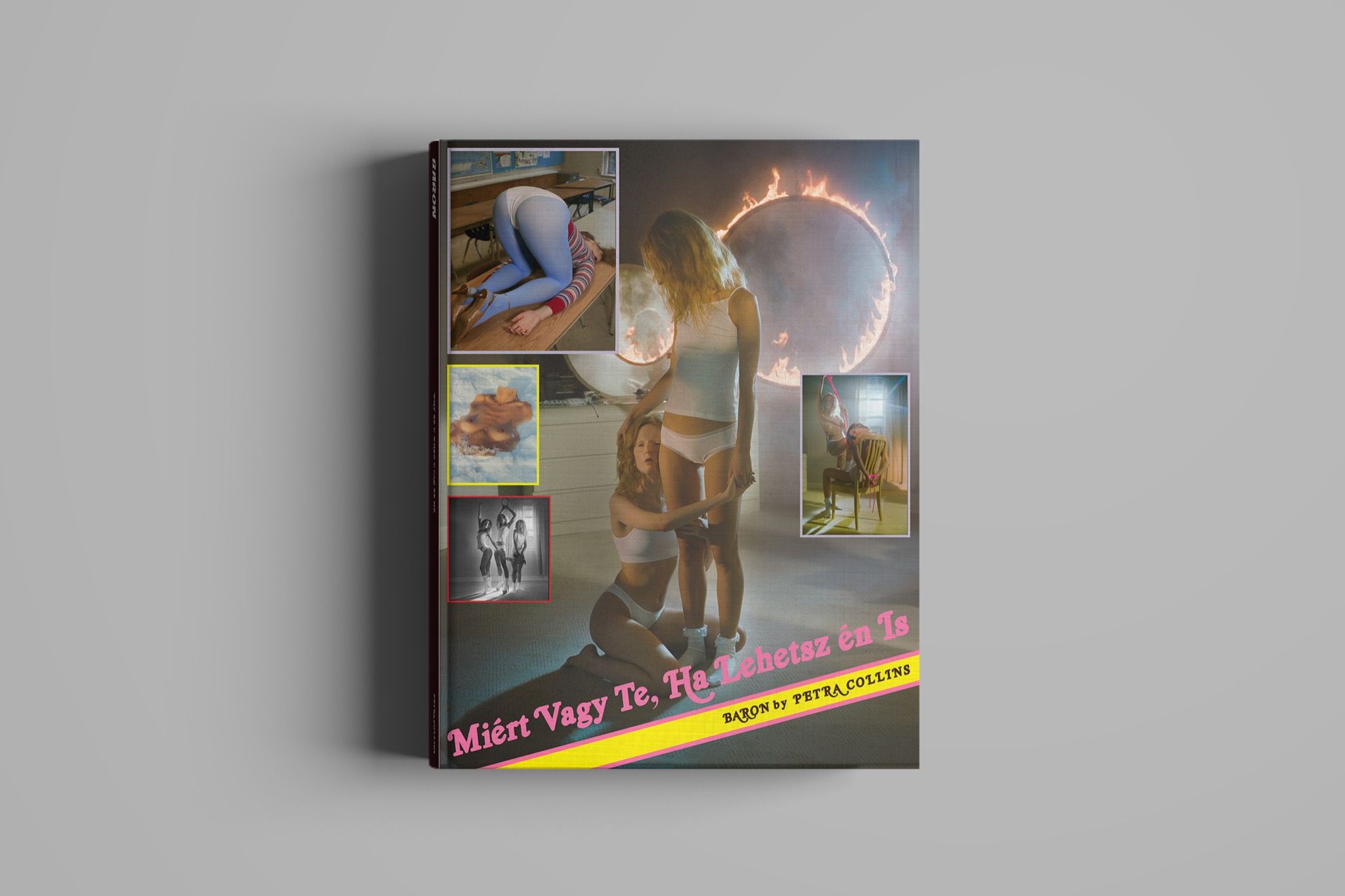
Credits
- Images: Petra Collins
